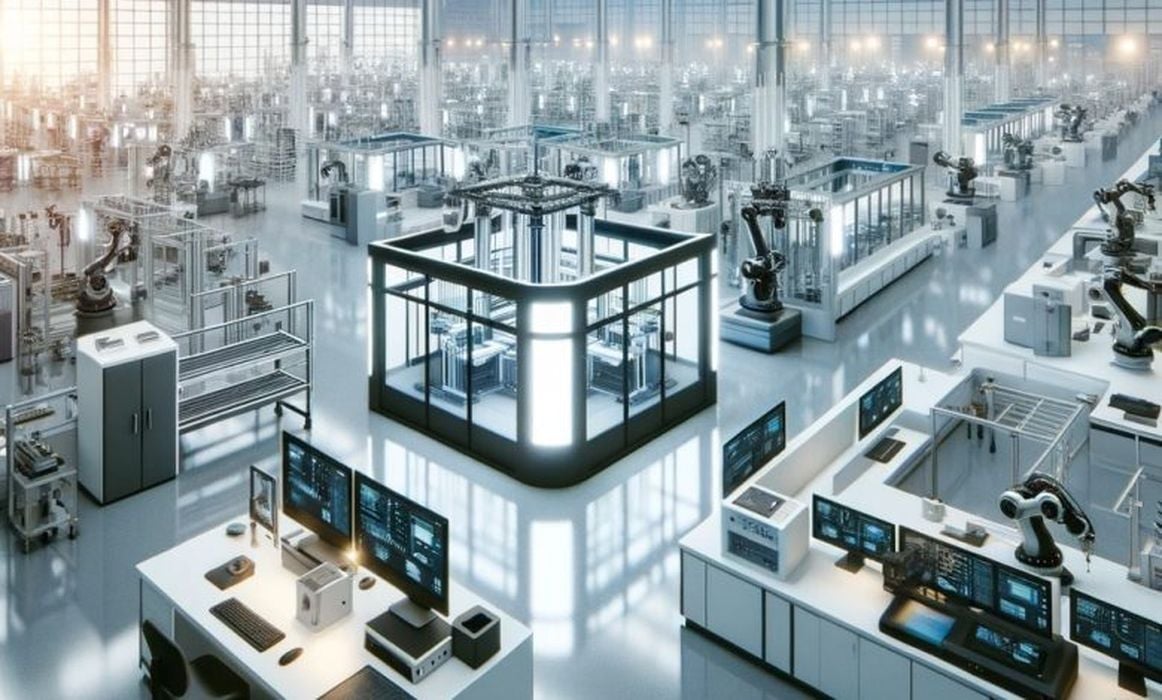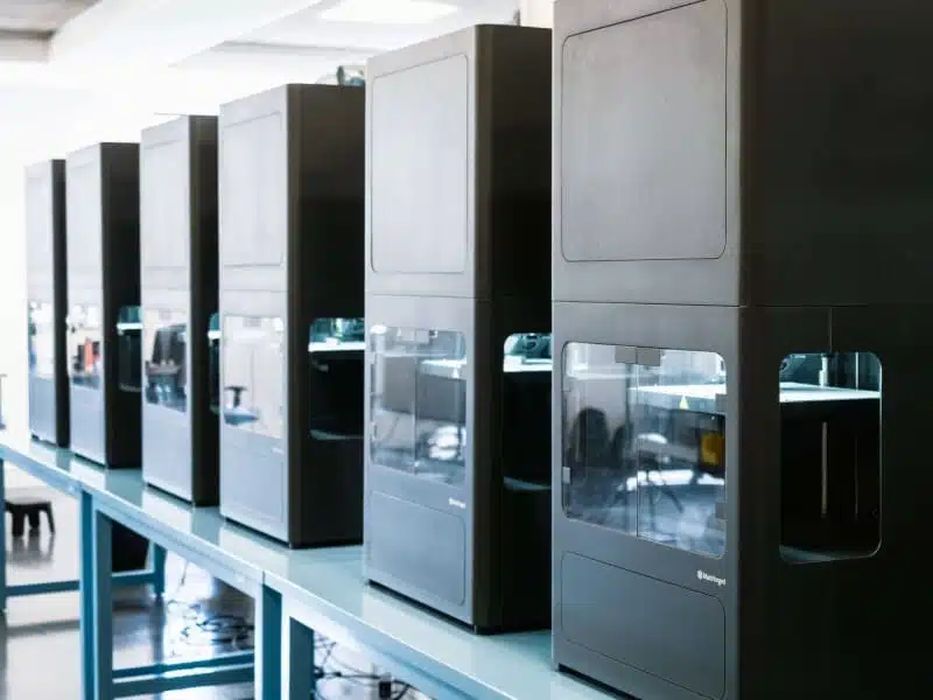
Leaders from hardware and service companies across the entire AM spectrum speak with VoxelMatters about what the short term future holds.
The time has come to start unwrapping the new year and look at what it may have in store for the additive manufacturing industry. We’ve asked several industry operators, leaders and pioneers for their opinion regarding the opportunities offered by AM in 2024 and they have identified several key areas, from technology integration to new material and smarter factories. Many agreed that AI is going to be playing a role in advancing AM so it felt fair to ask an AI for its opinion as well. ChatGPT also identified several key trends for AM that are likely to continue in the new year but it also made it very clear that an AI by itself can only help us with general observations and no AI can replace expert human analysis (yet).
These are the trends that Chat GPT identified as the most relevant and likely to continue in 2024
- Increased adoption: Additive manufacturing has been growing steadily, and its adoption will likely continue to increase in various sectors such as aerospace, healthcare, automotive, and consumer goods.
- Advancements in materials: Researchers and companies are constantly developing new materials for 3D printing, which can expand the range of applications and improve the quality of printed objects. In 2024, we might see even more innovative materials being used.
- Larger and faster printers: As technology advances, 3D printers may become larger, faster, and more efficient, allowing for the production of larger and more complex parts in a shorter amount of time.
- Sustainability: Sustainability is a growing concern in manufacturing, and there may be an increased focus on environmentally friendly materials and processes in the additive manufacturing industry. This could include developments in recycling or bio-based materials.
- Customization and personalization: One of the strengths of 3D printing is its ability to create customized and personalized products. In 2024, we may see a broader range of industries leveraging this capability to cater to individual customer needs.
- Regulatory changes: Governments and regulatory bodies may introduce new regulations or standards for additive manufacturing, especially in sectors like healthcare and aerospace, where safety and quality are critical.
- Integration with other technologies: Additive manufacturing may continue to integrate with other emerging technologies like artificial intelligence, augmented reality, and blockchain for improved design, monitoring, and supply chain management.
Smarter factories on the way to production
Human AM industry stakeholders can provide a more detailed assessment of what the future holds for AM. Most outlooks focus on how the factory floor is going to change with increasing AM adoption. According to Xometry AI is the key to modernizing the manufacturing industry and manufacturing CEOs say AI will play a significant role in their company in the next one to two years. Of the CEOs who have already implemented AI, more than 70% have seen a significant ROI in key areas such as supply chain management, quality control and procurement.

But AI or not, it all starts from the factory floor. “In manufacturing, the often-overlooked heartbeat is the factory floor, where intricate processes unfold to bring consumer goods to life,” says Tripp Burd, Sr. Manager, Strategic Application Engineering at Markforged. “The introduction of advanced technologies emphasizes the critical need for innovation in this space. As consumers demand more and supply chain disruptions persist, the factory floor becomes the nexus for solutions that not only meet burgeoning demands but also tackle the challenges posed by frequent disruptions.”
“Integrated hardware and software – he continues – will stand as a testament to drive for resilience on the factory floor. By empowering manufacturers and OEMs to produce precise components on demand and reducing reliance on traditional manufacturing methods, these cutting-edge solutions will become vital tools in navigating through delays and challenges in the broader supply chain. The convergence of these innovative approaches on the factory floor is essential for ensuring not just the efficiency of production but also the adaptability required in today’s rapidly changing industrial landscape.”
Jeffrey A Graves, 3D Systems‘ CEO, agrees that AM’s ability to accelerate innovation will play a key role in consumer goods. “As the barriers to entry have become lower, the adoption of AM as a production technology continues to accelerate. This is becoming abundantly apparent in the durable consumer goods industry where AM was once viewed only as an enabler for prototyping which could shorten product development,” he comments.
“As we move into 2024, I anticipate many consumer goods manufacturers will continue integrating AM into production workflows for many applications, especially in the electronics industry. Consumers continue to seek out the latest technologies that help facilitate how they both communicate and manage their personal lives. AM’s ability to catalyze the pace at which companies innovate will not only enable faster product development times but also enable the development of products that push the possibility of what can be delivered to give consumers never-before-imagined capabilities.
Across industries, Graves anticipates that the integration of AM for production applications will continue to make important strides in helping to mitigate supply chain disruption. “Industry-leading manufacturers continue to realize that AM enables them to take control of their supply chains by manufacturing locally. This in turn helps reduce costs by reducing the number of suppliers and removing the need for costly logistics providers to move components across geographies. This also has the potential to positively impact the environment by minimizing manufacturers’ carbon footprints,” he concludes.
For Bart Van der Schueren, Chief Technology Officer at Materialise, there will be a divided path to 3D printing production among manufacturers. The company expects two clearly defined paths to co-exist depending on customers’ needs. The first, more traditional model of working with service bureaus for quick, cost-efficient printing will continue to thrive through production for prototypes and other one-off parts.
Read the rest of this story at VoxelMatters
